After 120 years since the French first set foot on the Lo Suoi Tung plateau and Sa Pa village (in 1903), this land has been “awakened” with its origin as a meteorological station, then as the “summer resort capital” of Bac Ky and Indochina. More than a century has passed, today, Sa Pa has become a national tourist area with millions of visitors each year.

“Summer resort capital”
Sa Pa is a highland town in Lao Cai province, about 300km from Hanoi and located at an altitude of 1,600m above sea level. It has a charming landscape and a unique climate with all four seasons in one day. Sa Pa was discovered by an expedition of the Indochina Geography Department in 1903 and made a strong impression with a majestic mountainous area at the foot of the Hoang Lien range with unique cultural nuances.
The person who contributed to turning Sa Pa from a meteorological station into a resort was French Ambassador Toures. Realizing that Sa Pa could become a "summer resort capital" of Tonkin and Indochina, he placed Sa Pa in the overall program of tourism development of the whole Indochina. Since 1912, the shape of Sa Pa Resort began to be built. Many works and infrastructures were built such as the road connecting Lao Cai with Sa Pa, Sa Pa sanatorium, post office system and bus station, Sa Pa church, Cat Cat hydroelectric power plant, land-line telephone network connecting Sa Pa with Hanoi... In the period of 1930 - 1940, the system of civil rest houses serving the needs of resort tourism was heavily invested, typically Chapa hotel, L'hotel Metropole hotel and many resorts for civil servants. In addition, in Sa Pa there are also many villas of wealthy merchants. By 1943, Sa Pa had about 200 villas built by the French, truly becoming the "summer resort capital" of the French and a group of wealthy Vietnamese civil servants and merchants, and a destination with special appeal.
Since 1991, when the country opened up for economic integration, the number of tourists to Sa Pa has increased. In 2017, Sa Pa town was recognized as a National Tourist Area. In recent years, Sa Pa has regularly welcomed 2.5 - 3 million domestic and international tourists. Since the Covid-19 pandemic, Sa Pa tourism has recovered rapidly, welcoming 2.5 million visitors in 2022; in 2023, it is expected to welcome about 3.5 million visitors, with revenue reaching more than 12 trillion VND.
With its unique and charming beauty, Sa Pa has been voted many times as “top destination”, “most famous and beautiful destination in Vietnam” by prestigious international travel organizations and magazines such as TripAdvisor, The Huffington Post, Travel Leisure, Lonely Planet, etc. Many international tourists also choose this place as “a must-visit place once in a lifetime”.
To make Sa Pa a second "Alps"
The attraction of nature, climate, diverse cultural identity and many large resorts and entertainment areas have made Sa Pa tourism develop rapidly and "hotly" in recent years. However, that has also brought about many consequences such as the rapid growth in the number of visitors creating pressure on infrastructure; the development of projects and construction works affecting the ecosystem and environmental landscape; the rapid urbanization process causing the traditional cultural identity of ethnic groups to fade away; community tourism developing massively and spontaneously... To achieve the goal of turning Sa Pa into an international tourist area, according to Chairman of Sa Pa Town People's Committee To Ngoc Lien, there needs to be a comprehensive and synchronous solution with close coordination of relevant parties; tourism development must be based on the principle of going hand in hand with preserving the cultural identity of ethnic minorities; Maximize the advantages of natural conditions and ensure national security and defense, respond to climate change...
With the view that Sa Pa is a "precious gem" that needs to be valued more and more to become more beautiful and develop sustainably, Deputy Director of the National Tourism Administration Ha Van Sieu said that Sa Pa needs to change its approach to ecological and cultural values. Accordingly, it is necessary to refer to the experience of developing tourism in the Alps of European countries, limit environmental pollution, and encourage tourists to use services and products of local people. Another popular form of tourism is slow tourism, encouraging tourists to spend time walking and cycling in the area to experience nature and exercise, while contributing to limiting the pressure of means of transport on the environment and landscape. In addition, Sa Pa needs to focus on management and solving problems of overload during peak seasons; develop high-quality tourism products to serve high-end customers, and discourage the development of mass tourism that damages the destination.
To realize the goal of turning Sa Pa into an international tourist area, Lao Cai province is determined to develop sustainably, making this place the leading "green", smart natural and sports tourism destination in Vietnam and the region, linking the traditional cultural identity of ethnic groups with a system of tourism products for experiencing nature, adventure sports, resorts and cultural tourism of ethnic minorities in the top mountainous region in Southeast Asia.
Source









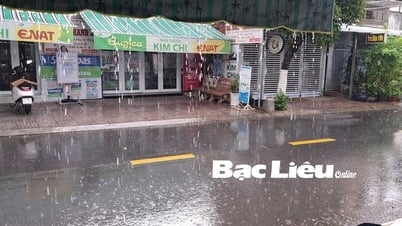
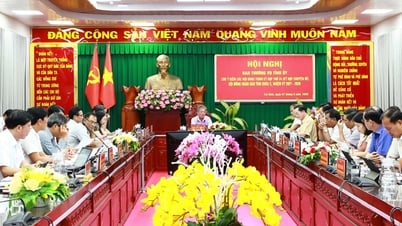
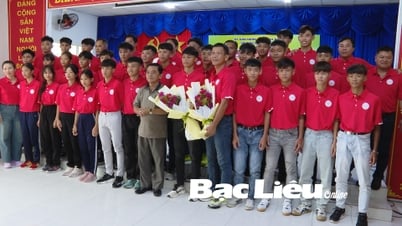






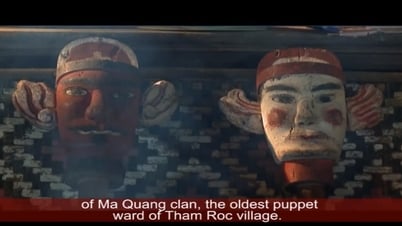
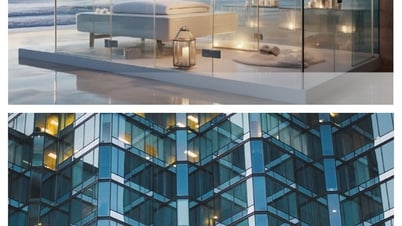


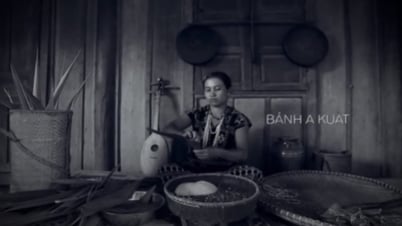





























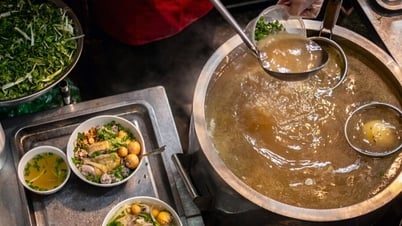

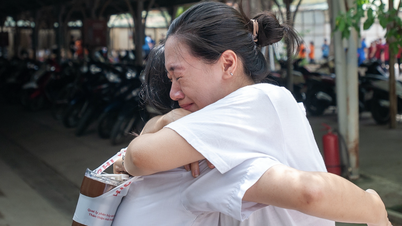












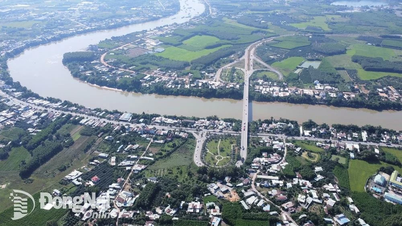

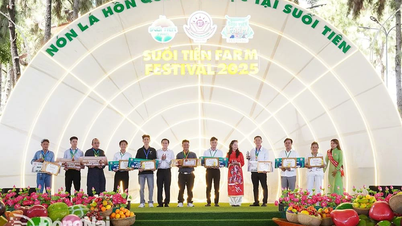


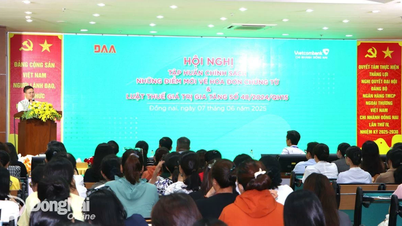
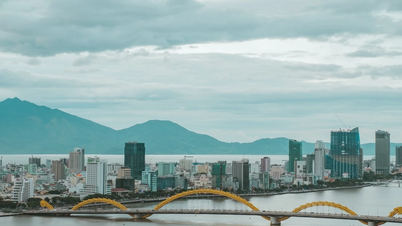










![[OCOP REVIEW] Tu Duyen Syrup - The essence of herbs from the mountains and forests of Nhu Thanh](https://vphoto.vietnam.vn/thumb/402x226/vietnam/resource/IMAGE/2025/6/5/58ca32fce4ec44039e444fbfae7e75ec)



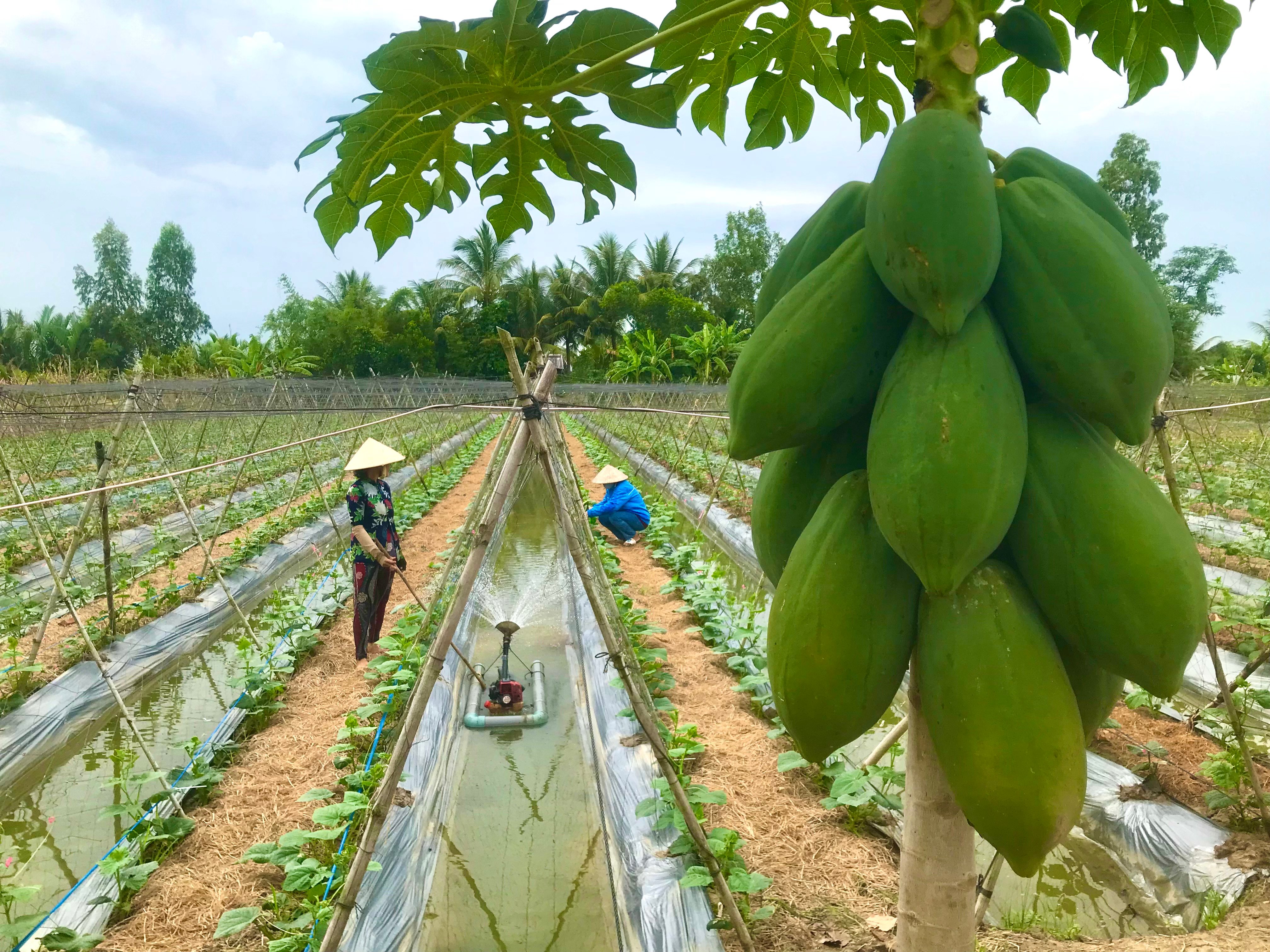
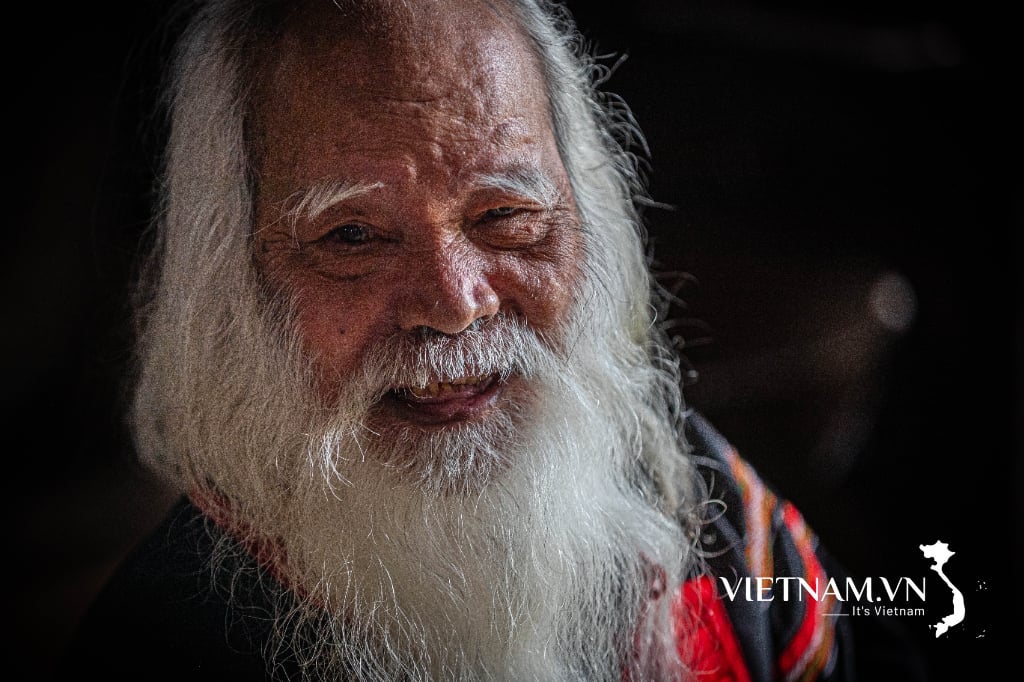
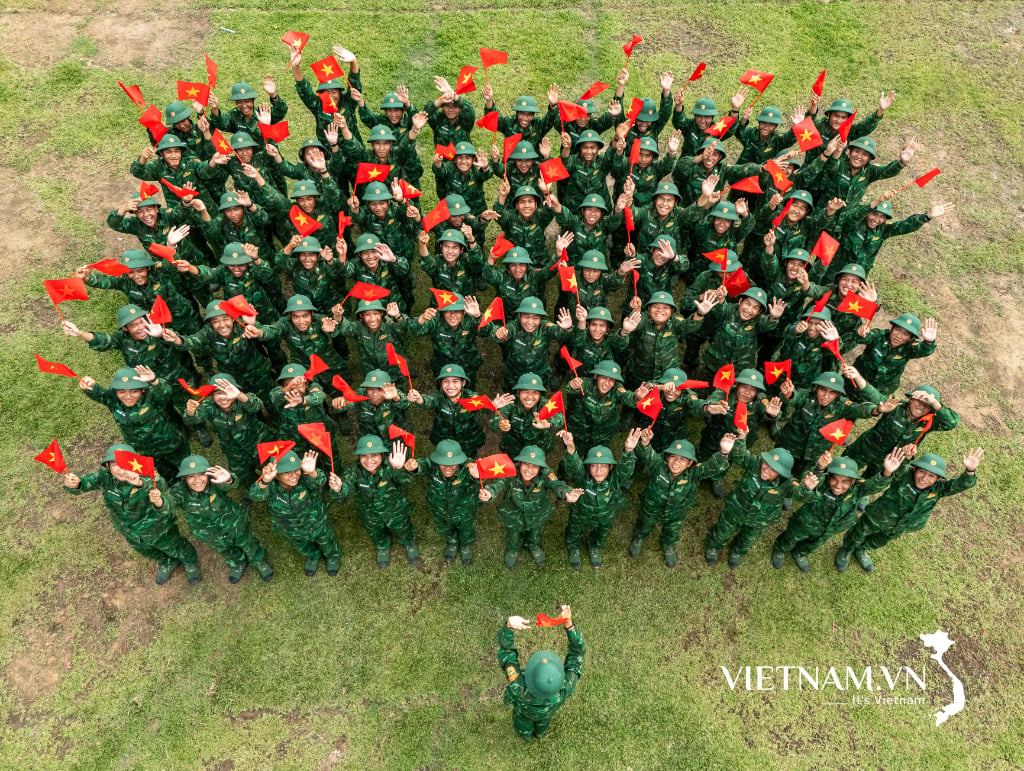
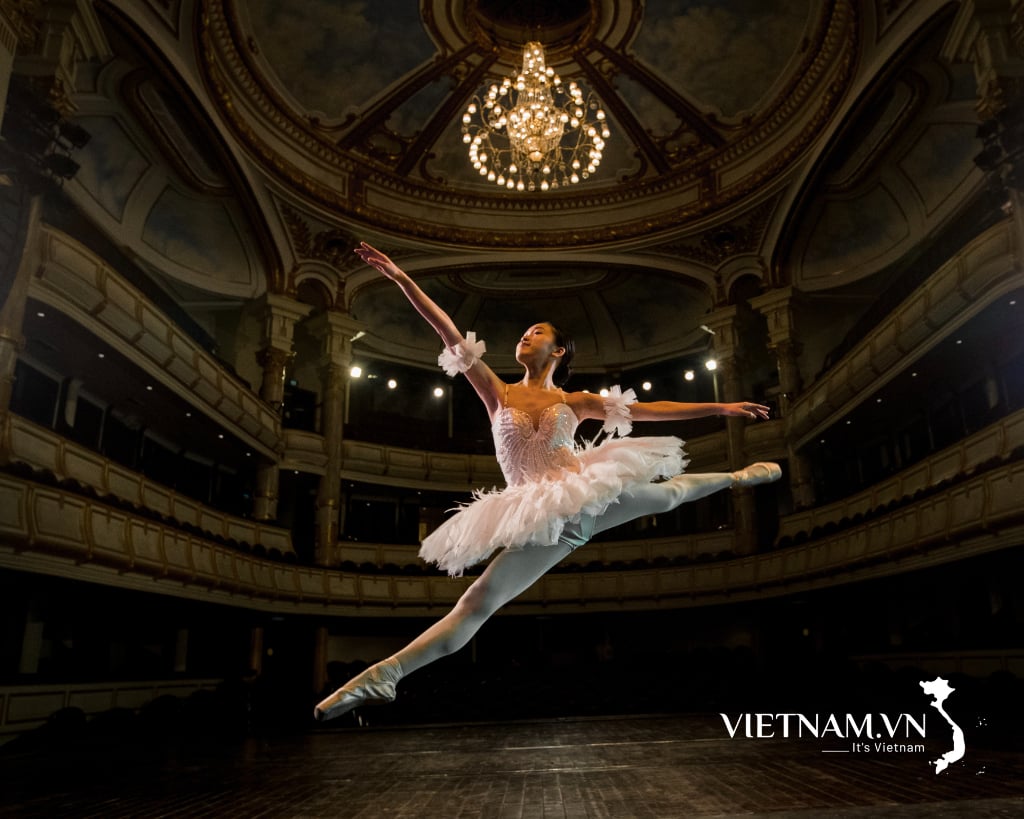
Comment (0)